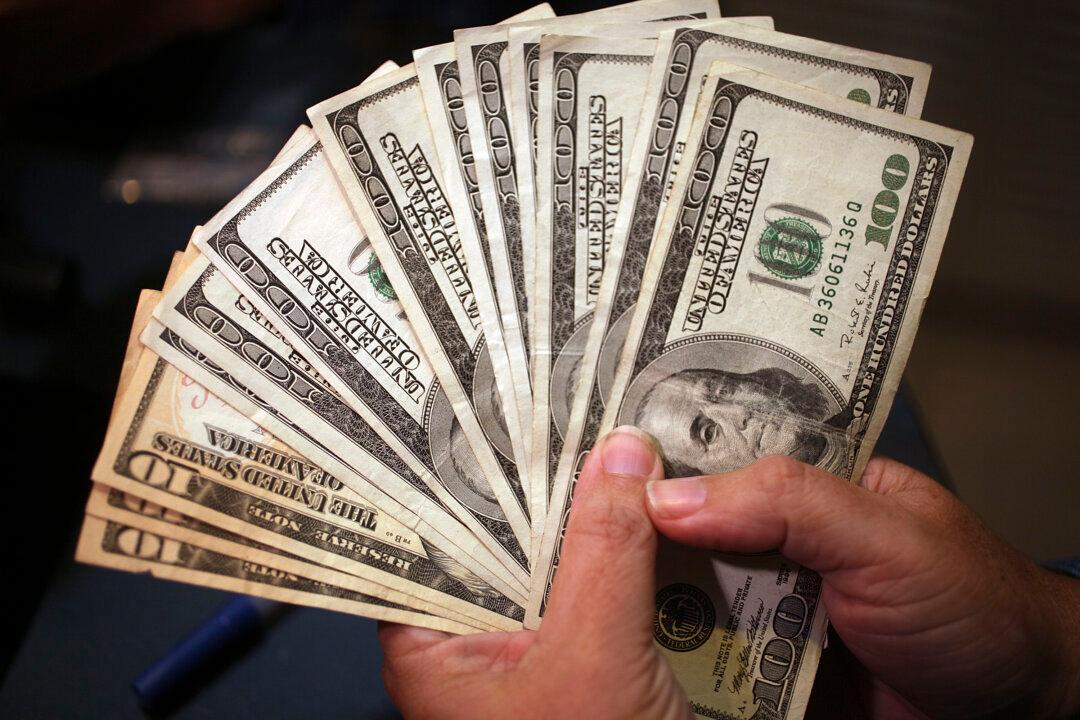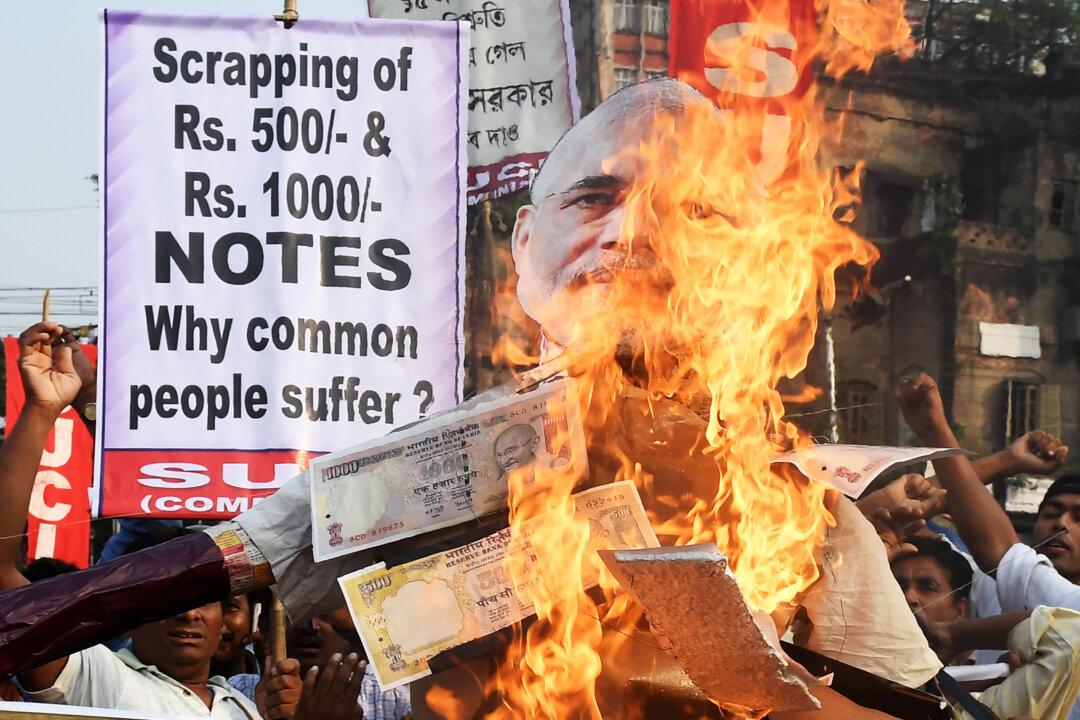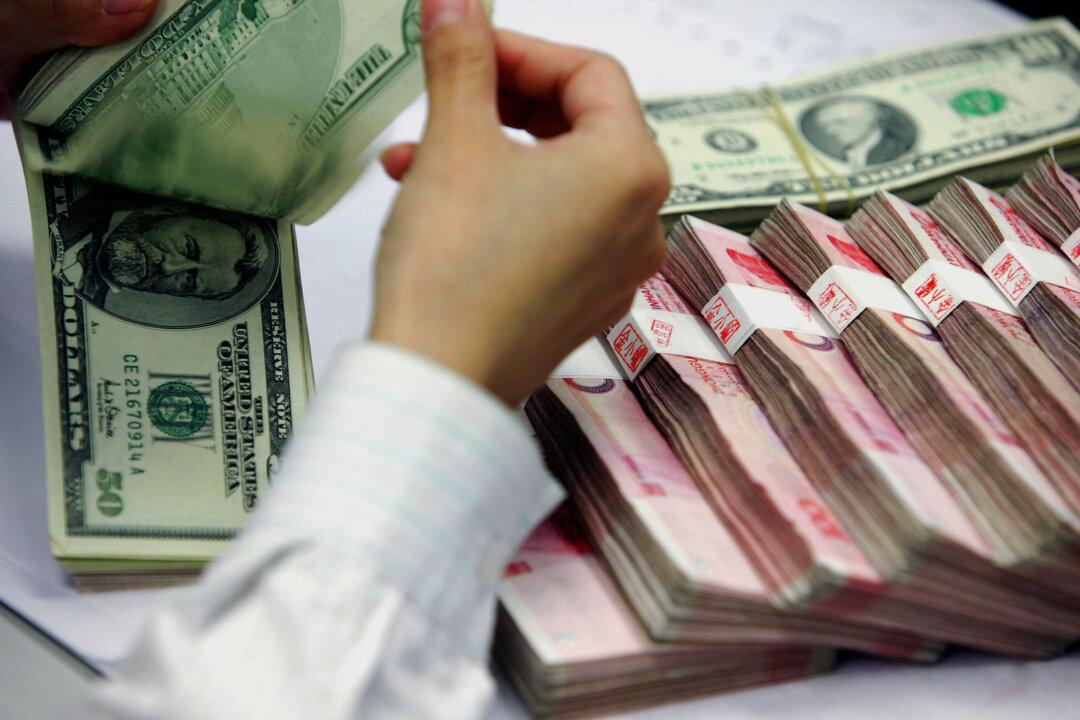Since the first fiat paper currency was printed in China, 1,000 years ago government fiat money have wrought havoc on economic activity, purchasing power, and the 99 percent of the population who don’t receive “free money.” All such schemes failed - without exception.
In 1944; at Bretton Woods, New Hampshire; the world’s most powerful nations ceded leadership of a global “gold standard” to the United States. When Nixon reneged on this pact in 1971 for the first time, not a single national currency was backed by anything but government coercion. What ensued has been the most egregious example of irreversible central bank monetary destruction in global history.




